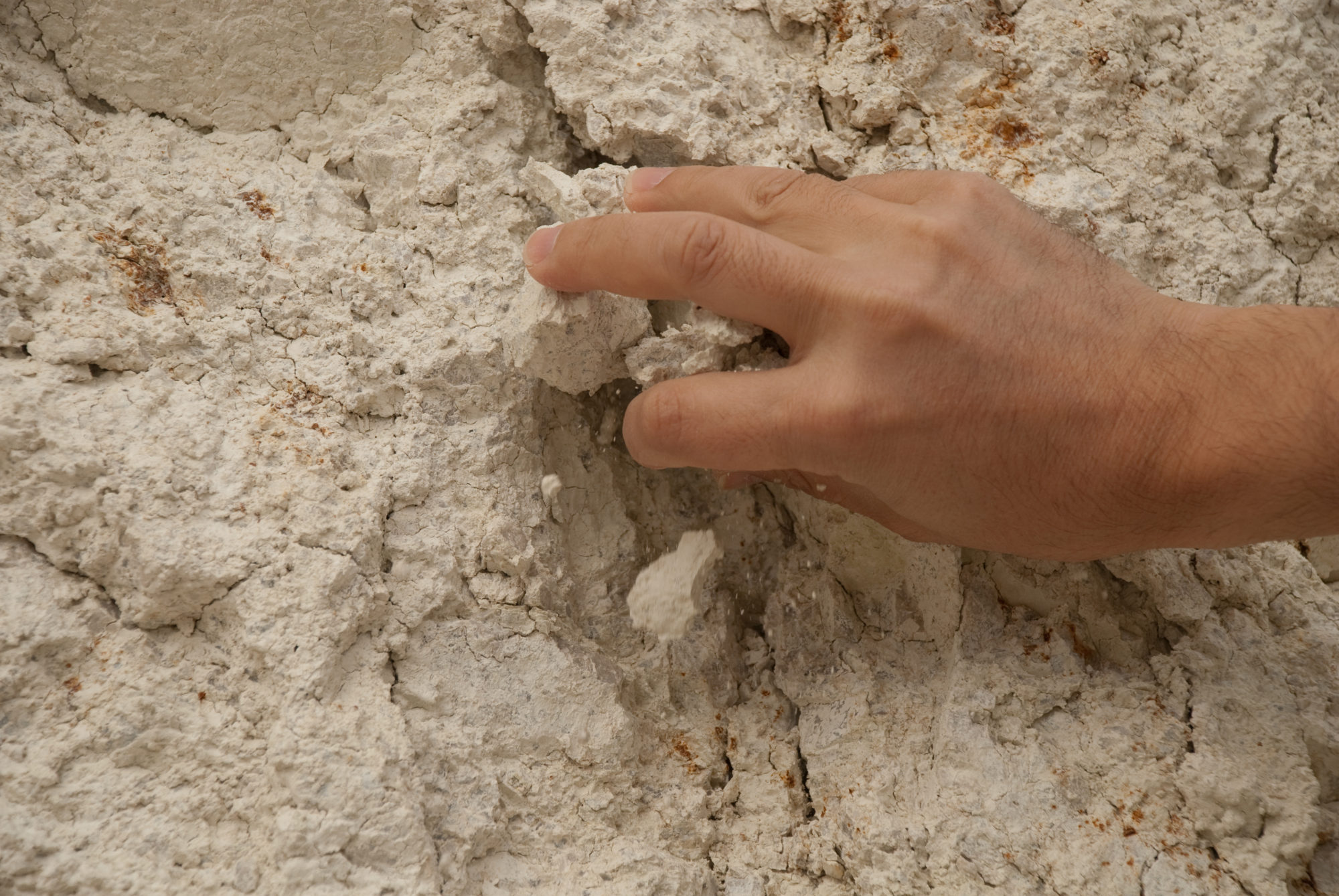Over the years, one of the most common questions we answer is “What makes a Le Panyol wood fired oven different from other oven core kits on the market?” Since so many people take the time to call in, or email to ask this question, we figured it’s about time we shed some light on the topic.
As you probably know, there are a lot of great options out there for wood fired ovens. If you like to get your hands dirty, you can order a core package and design and build your own personalized oven. If you prefer a less hands-on approach, you can order a core kit or a fully assembled oven for a local mason to install in your home or backyard. If you’re a professional and like to cook on a larger scale, you can invest in a commercial-grade oven and share your love of rustic wood fired cuisine with the world.
The possibilities are endless.
No matter what your goal is, the most important factor to consider when choosing a wood fired oven is the material it’s made of.
As with any investment, you’ll do your research in order to find the right match, and you’ll weigh your options based mainly on quality and price. Once you’ve got these answers in hand, this is the point where many call us and ask the direct question, Why is Le Panyol different?
A simple question deserves a clear answer: The material.
When shopping for a wood fired oven and comparing brands, you’ll be choosing between different core materials – Firebrick, terra cotta, cold cast refractory, and since you’re on our Web site, you’re also considering Terre Blanche.
We chose to be the North American importer of Le Panyol ovens because we believe the core material, Terre Blanche, is perfect. Mined from a single unique deposit in Larnage, France, Terre Blanche is made of only Kaolin clay and Feldspar.
These organic elements, in perfect proportion, create balanced thermal properties, enabling Le Panyol ovens to heat up quickly, while absorbing and retaining heat for long periods of time.
Put simply, an oven core made of Firebrick will need about 4 hours to reach temperature. The same size oven made of Terre Blanche will take a quarter of the time, and a fraction of the fuel to reach the same temperature.
Think of ovens like batteries. A battery with greater capacity holds a charge longer when fully charged than a thinner, smaller capacity battery. More expensive, more efficient batteries often charge more quickly because the base material is better at storing energy. The same goes for ovens.
Le Panyol Terre Blanche hearth tiles are 2 ½ thick and the arch stone tiles are 4-6 thick at their deepest point, not including insulation. These more substantial elements soak up heat and hang onto it. Terre Blanche’s balanced thermal mass requires less fuel to reach and maintain higher temperatures, drastically reducing wood consumption.
When you fire a Le Panyol oven, and keep the fire going until the oven is fully charged with heat, you can remove the fire and still have enough thermal charge to bake the next day.
If, however, the core is made of a thin, lighter weight material, it will not have the capacity to absorb and hold the same amount of energy and heat from a single fire, requiring you to continually add more and more fuel to keep the oven at temperature.
Just like with any tool, ovens don’t deviate from the old saying, you get what you pay for.
There’s one more issue our clients question, and that’s cost.
All we suggest in this regard is to focus on quality and weight, and don’t hesitate to run the numbers. Divide the price of the ovens you’re considering by the total weight and confirm the better value per pound. Other ovens may cost and weigh less, but it doesn’t mean you’ll save money in the long run.
After all, most people enjoy eating, more than carrying wood.
We certainly hope this article helps answer your questions about why our Le Panyol ovens are different than others on the market, and how untypical Terre Blanche really is.
If not, we are always just a phone call away.




